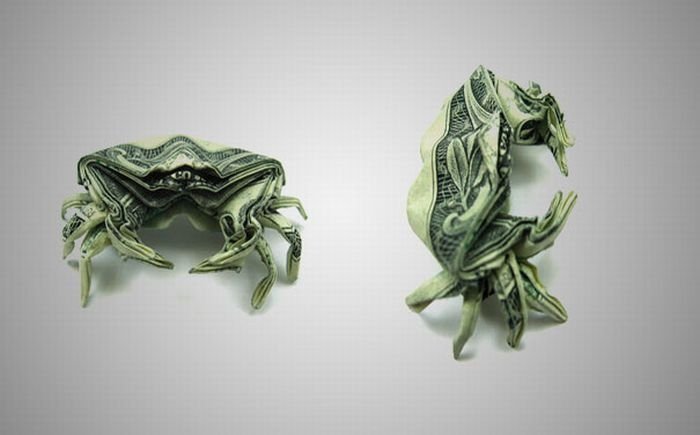|
|
Money Origami
|
The number of basic origami folds is small, but they can be combined in a variety of ways to make intricate designs. The most well known origami model is probably the Japanese paper crane. In general, these designs begin with a square sheet of paper whose sides may be different colors or prints. Traditional Japanese origami, which has been practiced since the Edo era (1603–1867), has often been less strict about these conventions, sometimes cutting the paper or using nonsquare shapes to start with.
There is much speculation as to the origin of origami. While Japan seems to have had the most extensive tradition, there is evidence of independent paperfolding traditions in China, Germany, and Spain, among other places. However because paper decomposes rapidly, there is very little direct evidence of its age or origins, aside from references in published material.
The earliest evidence of paperfolding in Europe is a picture of a small paper boat in Tractatus de sphaera mundi from 1490. There is also evidence of a cut and folded paper box from 1440. It is probable paperfolding in the west originated with the Moors much earlier, it is not known if it was independently discovered or knowledge of origami came along the silk route.
|
|









